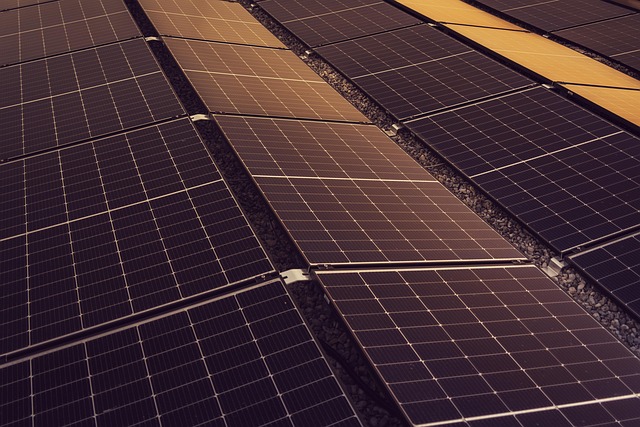In the quest for sustainable development, material recycling has emerged as a cornerstone of innovation, shaping our path toward a carbon-neutral future. The urgency of climate change demands a proactive approach, and by embracing material recycling, we can significantly reduce our ecological footprint while paving the way for future technologies.
As we delve deeper into the intricacies of material recycling, it becomes clear that recycled materials possess immense potential. By reimagining waste as a valuable resource, we not only divert materials from landfills but also reduce the energy required to produce new goods. This closed-loop process is at the heart of green technologies, promoting an economic model where waste is minimized, and resources are utilized efficiently.
One of the major advantages of material recycling is its ability to foster innovation across various sectors. From construction to fashion, innovative companies are actively seeking out recycled materials to reduce their carbon footprint. For instance, architects are now incorporating recycled steel and reclaimed wood into their designs, creating structures that are not just eco-friendly but also aesthetically pleasing. In the fashion industry, brands are increasingly using recycled fabrics, promoting a circular economy that curbs the detrimental effects of fast fashion.
The positive impact of material recycling isn’t limited to large-scale industries. Individuals can contribute significantly by choosing products made from recycled materials, supporting ethical brands, and actively participating in local recycling initiatives. Every small action adds up; it fosters a cultural shift towards sustainability, encouraging communities to consider their ecological footprint and take collective action.
Moreover, the innovation surrounding material recycling extends to technology itself. With advancements in waste processing and recycling methods, tools like AI and machine learning are now being employed to optimize recycling processes. These technologies enhance the accuracy of sorting materials, ensuring that we recover the maximum value from what we might otherwise discard. This enhanced efficiency not only reduces waste but also lowers energy consumption and greenhouse gas emissions, bringing us closer to our carbon-neutral aspirations.
The dialogue around carbon neutrality is evolving, and material recycling is a crucial part of this narrative. As we strive to mitigate climate change, the resources we have at our disposal — from plastics to metals to textiles — can and should be viewed as opportunities rather than liabilities. Embracing innovation through material recycling is not just a proactive measure; it’s a commitment to reshaping our future and protecting our planet for generations to come.
As we stand on the cusp of technological advancement, we must leverage material recycling as a means to foster innovation across industries. By intertwining our efforts towards sustainable development with cutting-edge technology, we can build a future where the idea of waste is obsolete, ultimately creating a healthier planet. Every step we take towards enhancing material recycling represents a vital move towards a greener, more sustainable future—one that prioritizes harmony between human activity and the natural world.




